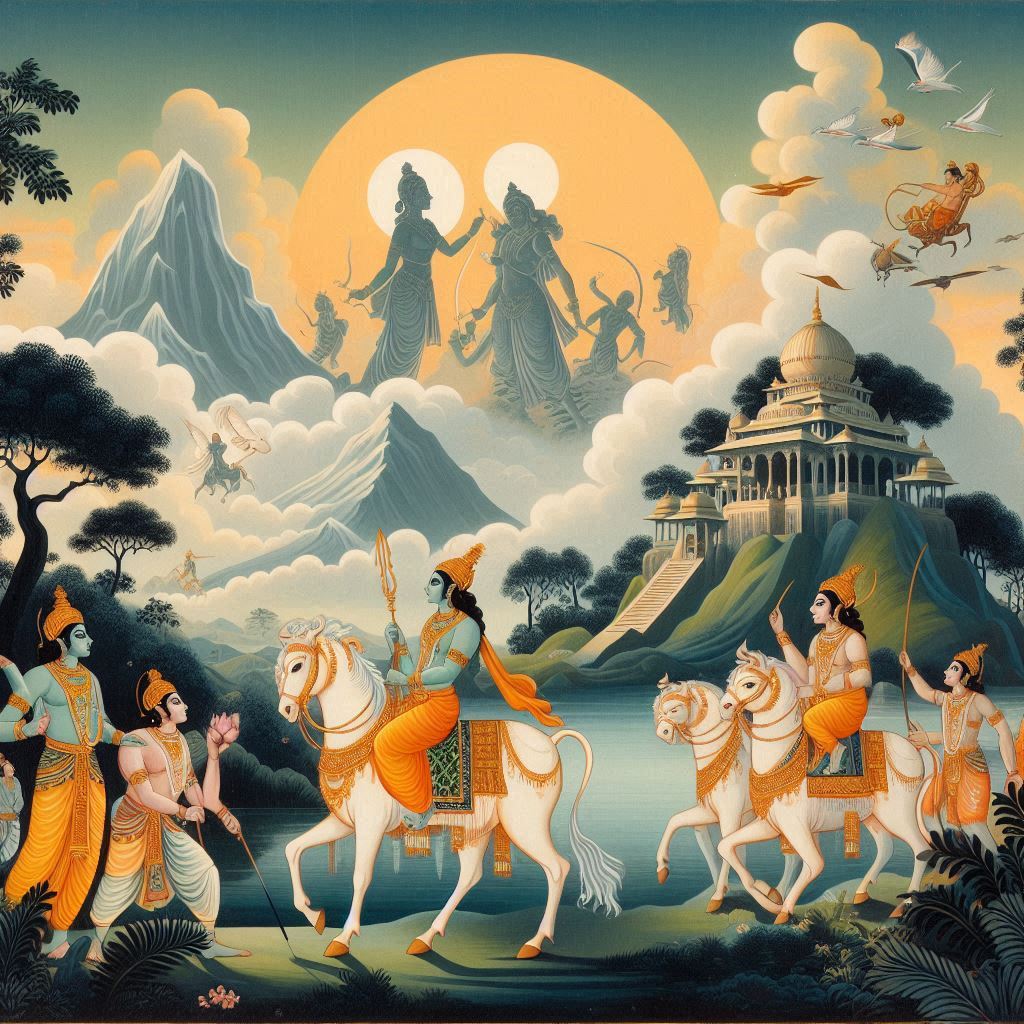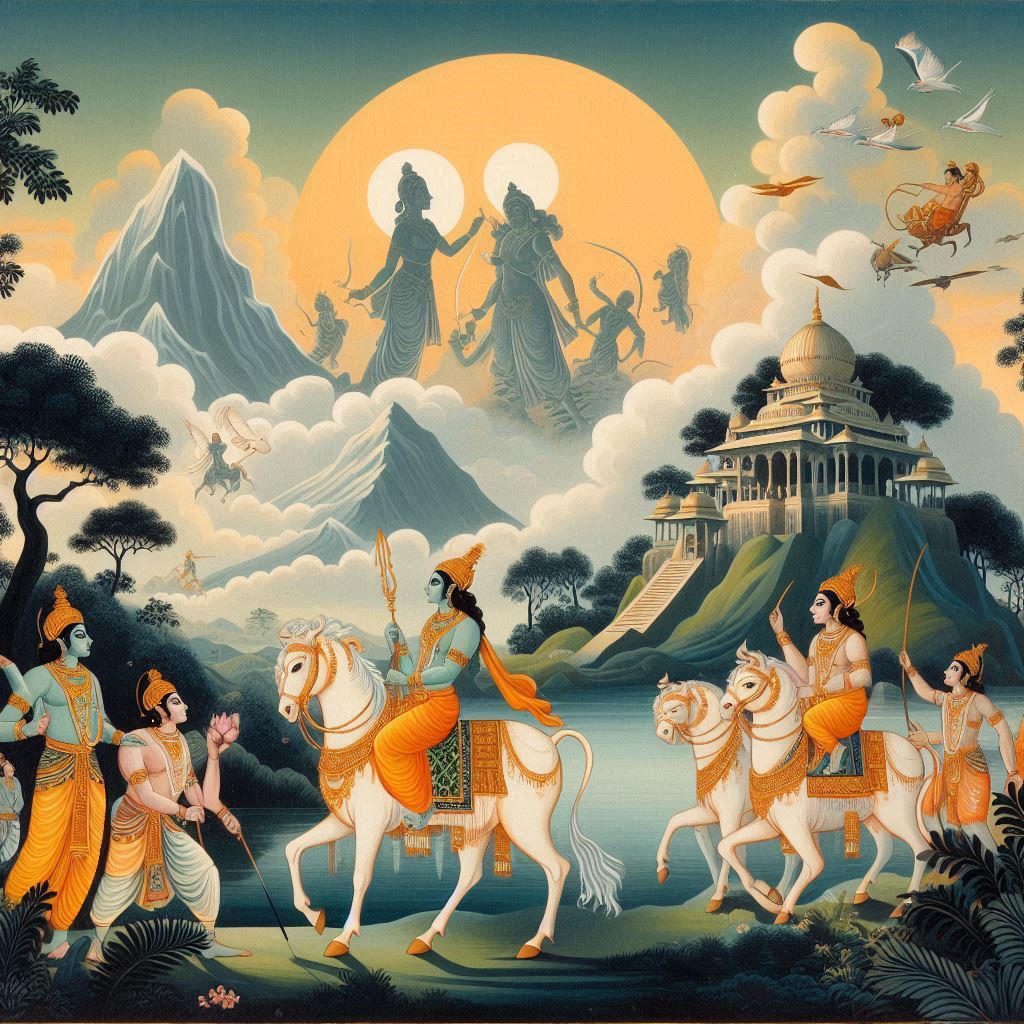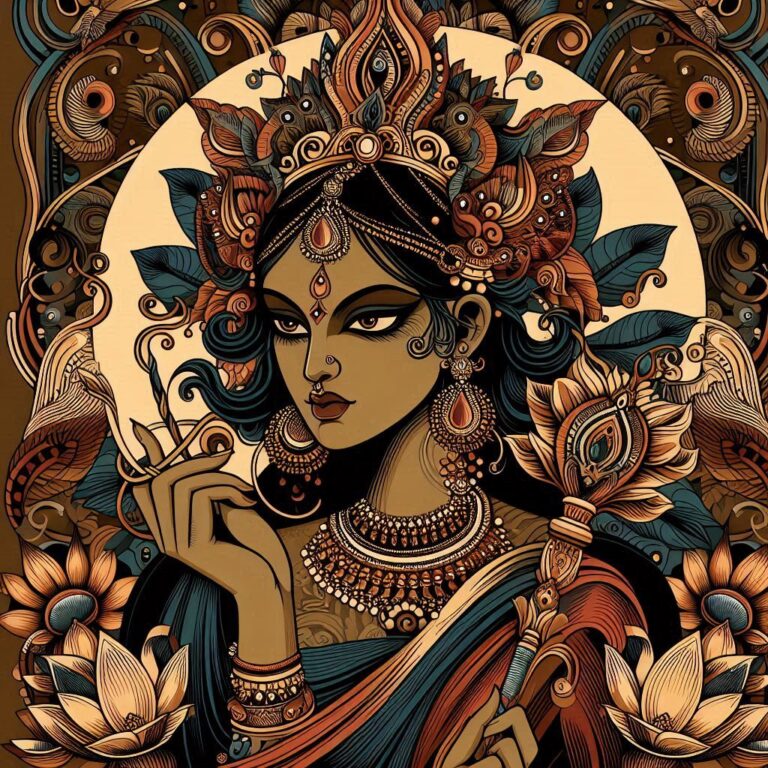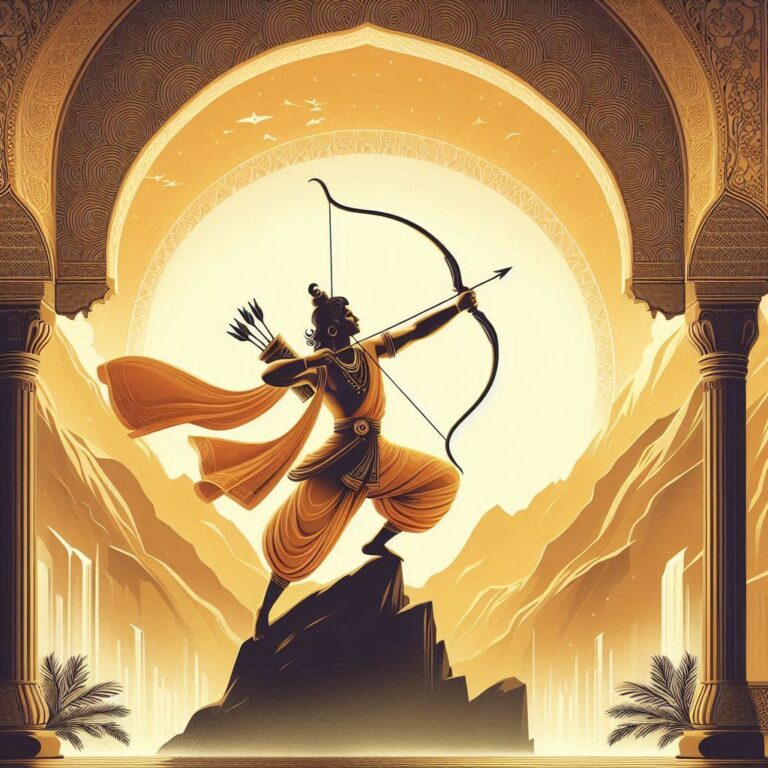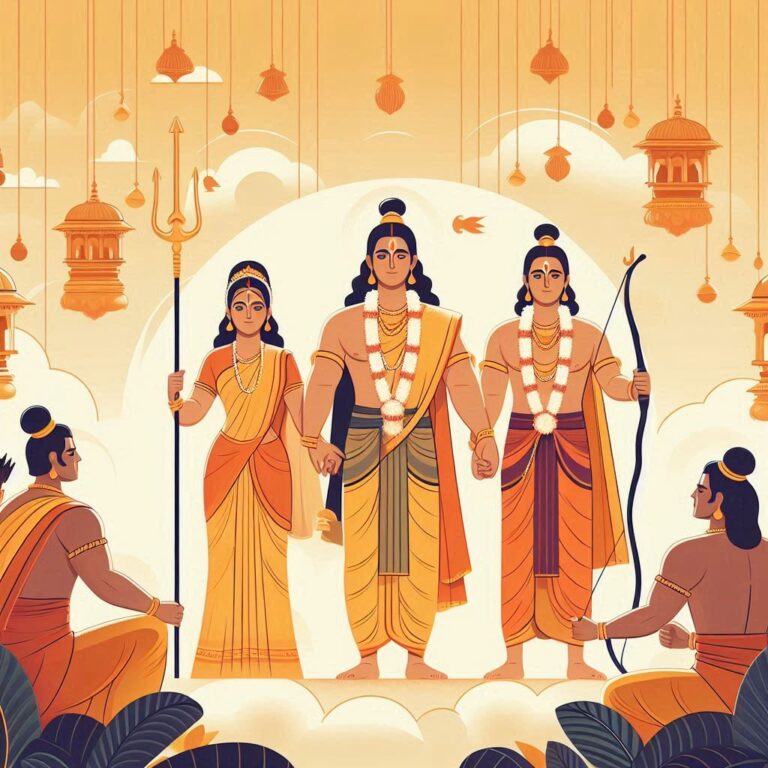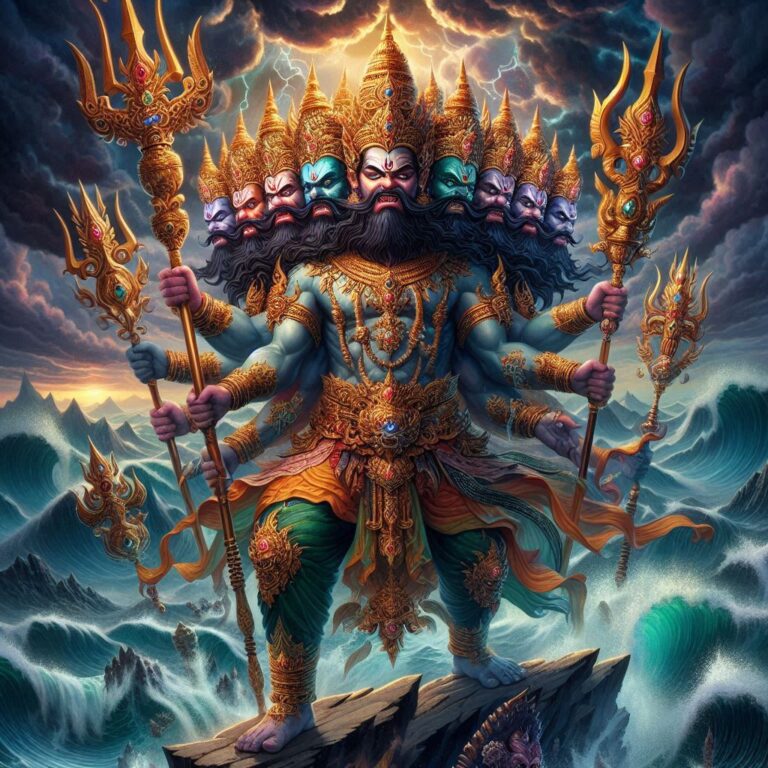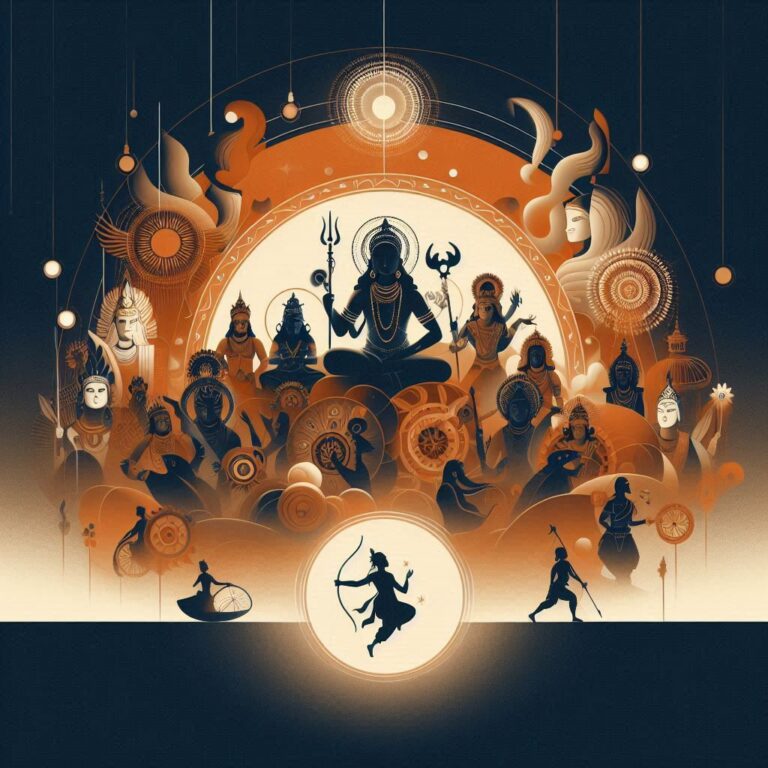Exploring Ramayan Through Traditional Art: Paintings and Sculptures
Ramayan in Traditional Art: A Visual Journey
The Ramayan isn’t just an epic woven into the fabric of Indian culture; it’s also a treasure trove of artistic expression. Throughout history, countless artists have been inspired by this timeless tale, translating its grandeur into vivid paintings and intricate sculptures. In this article, we’ll explore how various traditional art forms depict the stories and characters from the Ramayan, shedding light on the cultural significance of these masterpieces.
The Ramayan: A Quick Overview
For those unfamiliar with the Ramayan, it’s one of the two great Indian epics, the other being the Mahabharata. Composed by the sage Valmiki, the Ramayan narrates the life of Lord Rama, his trials, triumphs, and his unwavering devotion to dharma (duty and righteousness). With characters like Sita, Hanuman, and Ravana, the story has captivated the hearts of many – not just through text, but also through art.
So, Why Art?
Art has an uncanny ability to communicate emotions and stories that words often struggle to convey. Think about it: a single painting can express what an entire chapter of text might articulate. When it comes to epics like the Ramayan, artists have historically utilized various mediums to bring the narrative to life, making it accessible to people from different walks of life.
Traditional Paintings Depicting the Ramayan
1. Miniature Paintings
Miniature paintings, especially from the Mughal period, are a remarkable representation of the Ramayan. These small, yet detailed narratives, often painted on paper or cloth, showcase vibrant colors and fine brushwork.
- Art Style: The intricacy of these paintings draws you in. Every character is depicted with such finesse that you can almost see the emotions on their faces.
- Examples: Scenes of Rama’s exile, the abduction of Sita, and the battle with Ravana are common themes, reflecting moments filled with intense drama and heroism.
2. Madhubani Paintings
Originating from the Mithila region of India, Madhubani paintings are known for their vibrant colors and intricate designs. They incorporate a plethora of natural elements and geometric patterns, making them unique.
- Elements: In the context of the Ramayan, you’ll often find scenes like Rama and Sita’s wedding or Hanuman carrying the Sanjeevani hill, depicted with bold lines and hues that capture the essence of the characters.
3. Pattachitra
This traditional art of Odisha is characterized by intricate patterns and mythological narratives. Pattachitra panels often feature stories from the Ramayan painted on cloth.
- Vibrancy: The colors are derived from natural sources, giving these pieces a rustic charm.
- Stories Captured: Ramayan tales, such as Rama’s banishment and Hanuman’s leap to Lanka, come alive in their vivid aesthetic.
4. Tanjore Paintings
Originating from Tamil Nadu, Tanjore paintings are renowned for their rich colors and the use of gold foil, which adds a certain luminosity to the work.
- Symbolism: Often depicting Lord Rama, Sita, and divine motifs, these paintings can be quite heavy with embellishment, symbolizing the richness of the divine narrative.
5. Warli Art
A traditional tribal art form from Maharashtra, Warli paintings often depict daily life and folklore, but modern interpretations sometimes include themes from the Ramayan.
- Simplicity: The use of simple motifs gives a fresh perspective on complex stories, allowing the messages of the Ramayan to resonate with contemporary audiences.
Sculptures Inspired by the Ramayan
Sculptural art has also played a pivotal role in depicting the stories of the Ramayan, often capturing the grandeur and drama of the epic in three dimensions.
1. Stone Carvings
Temples across India are adorned with intricate stone carvings that portray scenes from the Ramayan.
- Example: The intricate panels of the Brihadeeswarar Temple in Thanjavur exhibit narratives from the Ramayan, skillfully carved by talented artisans.
2. Bronze Statues
Bronze sculptures of deities like Rama, Sita, and Hanuman have become iconic representations of the epic. These statues withstand the test of time, allowing artistry to breathe life into the lore.
- Famous Works: The bronze statues from the Chola dynasty exemplify how the divine is captured in serene poses, reflecting both strength and grace.
3. Terracotta Art
Terracotta figurines depicting characters and scenes from the Ramayan can often be found in rural parts of India, symbolizing the connection between the people and their stories.
- Cultural Significance: These art forms serve not only as decoration but also as artifacts that carry forward the tales and beliefs of the community.
4. Folk Sculptures
Different regions celebrate the Ramayan through local folk sculptures, each infusing individual interpretations reflective of their unique cultural backgrounds.
- Local Narratives: These folk sculptures range from rural to urban settings, found in everything from roadside shrines to village homes.
The Influence of Art on the Ramayan Narrative
Art transforms the way we understand the Ramayan. Whether it’s the looks on Rama and Sita’s faces in a painting, the muscle of Hanuman in a sculpture, or the lyricism of dance movements replicating their stories, art allows us to step into the world of the epic. It’s almost like the artist breathes life into the canvas or clay, letting us witness the emotional depths of the characters in ways that words alone cannot.
The Spiritual Connection
For many, these art forms aren’t just representations; they’re a way of connecting with spirituality. When people see a depiction of Lord Rama, it’s not just a picture; it’s a reminder of dharma, love, and heroism. The colors, the strokes, the materials—each piece resonates on a spiritual level, offering viewers not just aesthetic pleasure but also a moment of contemplation and reverence.
Conclusion
As we explore the Ramayan through traditional art forms, we see a rich tapestry of culture, history, and spirituality come alive. Each painting and sculpture is a narrator of its own, telling tales that have transcended time. The next time you come across a painting or a statue depicting the Ramayan, take a moment to appreciate the story behind it. Art possesses the power to express what words cannot, and when intertwined with epic narratives, it becomes an invaluable part of our cultural heritage.
FAQs
1. What is the significance of the Ramayan in Indian culture?
The Ramayan is more than a religious text; it embodies ideals of virtue, righteousness, and moral values, deeply influencing Indian culture, art, and philosophy.
2. How does each art form uniquely represent the Ramayan?
Each art form—be it miniature painting, Madhubani, or sculpture—has its unique style and cultural context that reflects specific themes and values from the Ramayan, tailoring the storytelling to the medium’s strengths.
3. Are there modern interpretations of the Ramayan in art today?
Yes! Modern artists continue to reinterpret the Ramayan through contemporary mediums, blending traditional motifs with modern themes, making it relevant to today’s audiences.
4. What role does art play in preserving the narrative of the Ramayan?
Art serves as a visual archive, helping to preserve the narratives and teachings of the Ramayan, making them accessible to generations, and allowing for cultural expression and exploration.
5. Can anyone create art inspired by the Ramayan?
Absolutely! Art inspired by the Ramayan can be created by anyone, regardless of skill level. It’s a beautiful way to engage with the epic and express one’s interpretation of its themes.
